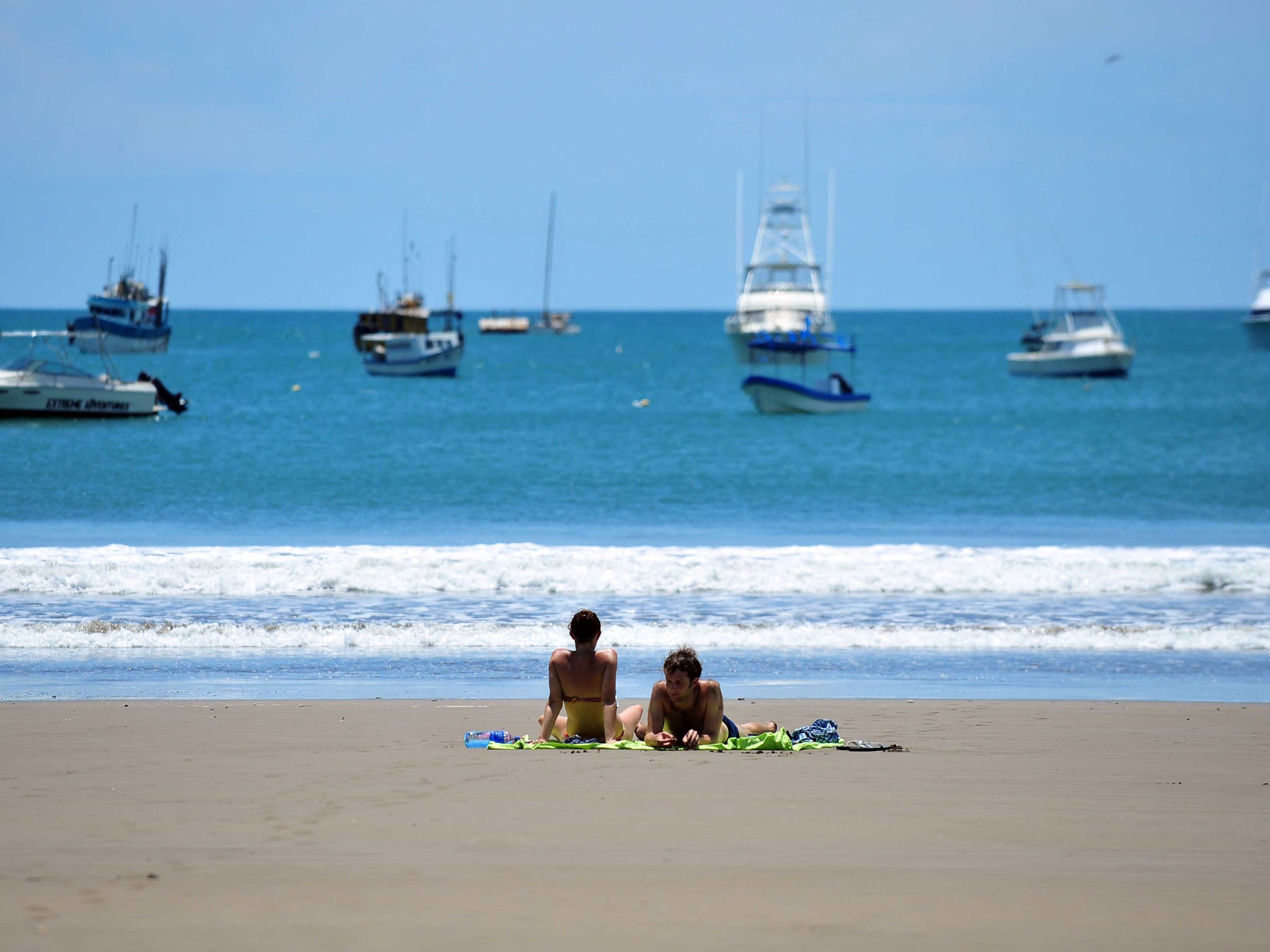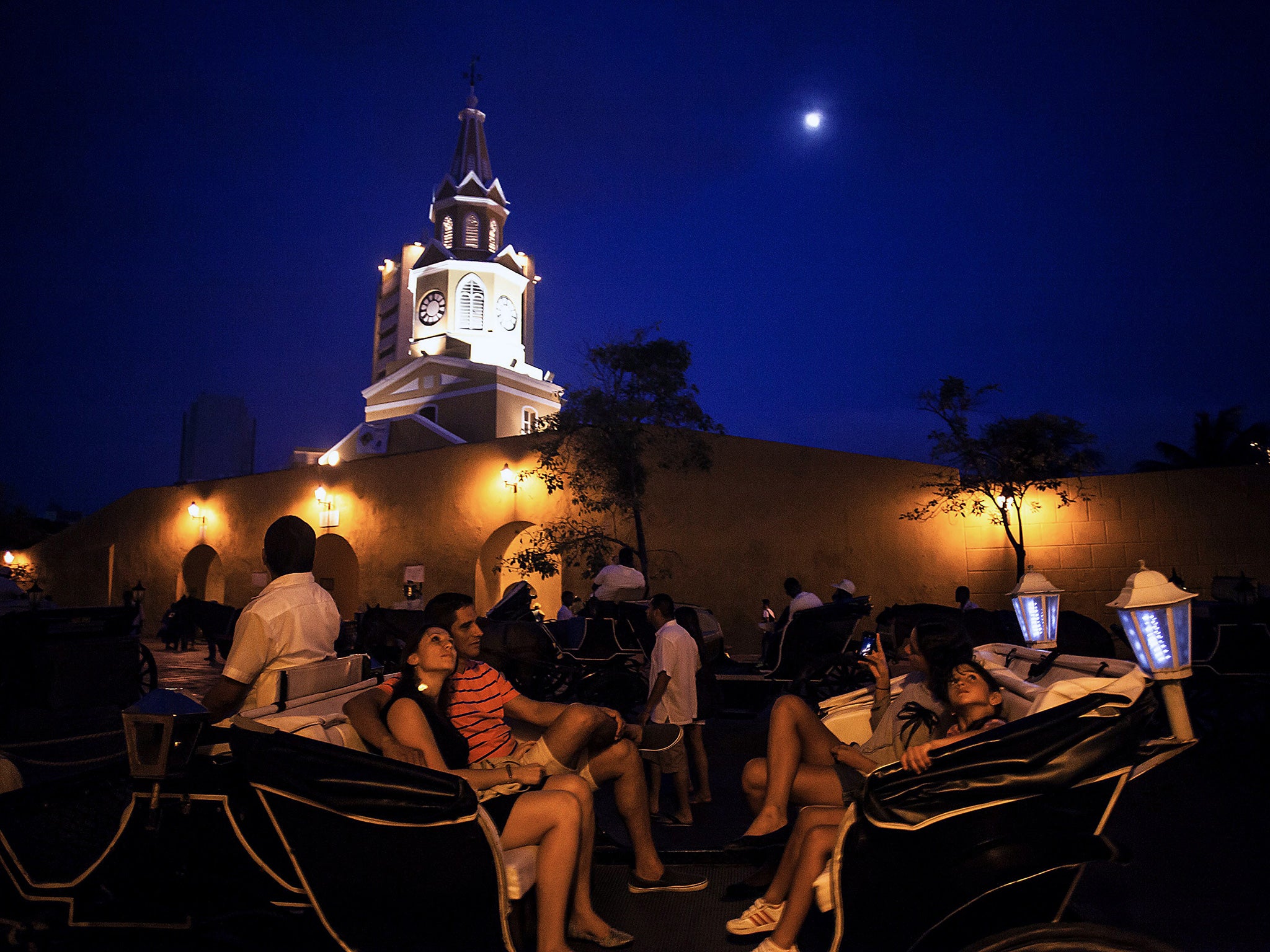Six once-dangerous countries that are now safe holiday destinations
Locations that have been battlegrounds in vicious wars are now regarded as havens of peace in troubled times

Your support helps us to tell the story
From reproductive rights to climate change to Big Tech, The Independent is on the ground when the story is developing. Whether it's investigating the financials of Elon Musk's pro-Trump PAC or producing our latest documentary, 'The A Word', which shines a light on the American women fighting for reproductive rights, we know how important it is to parse out the facts from the messaging.
At such a critical moment in US history, we need reporters on the ground. Your donation allows us to keep sending journalists to speak to both sides of the story.
The Independent is trusted by Americans across the entire political spectrum. And unlike many other quality news outlets, we choose not to lock Americans out of our reporting and analysis with paywalls. We believe quality journalism should be available to everyone, paid for by those who can afford it.
Your support makes all the difference.Egypt, Paris and now Mali: the past three weeks have highlighted the vulnerability of tourist destinations to terrorism. British travellers need little reminder of the risks: in June, 30 UK holidaymakers were among the dead at the Tunisian resort of Sousse. They were murdered by a marauding jihadist with hate in his heart and a Kalashnikov in his hands.
The savage attacks will grievously harm the tourism industry in each location - part of the perpetrators’ aim in slaughtering innocent people.
The risks faced by the average British traveller abroad are lower than they have ever been. Yet recent events have prompted a search for destinations perceived as safe - or at least places where the UK holidaymaker is unlikely to be caught up in acts of extreme violence. These include locations that, in recent times, have been battlegrounds in vicious wars - but are now regarded as havens of peace in troubled times. And in some of them, the answer to the question “War: what is it good for?” is: “Tourism”.
Croatia
“Sun-sational Yugoslavia,” as the federation was marketed, was all about the Adriatic coast - stretching from the Istrian peninsula in the north to Dubrovnik in the south. Offering a week in the sun for as little as £99, Yugotours was sending nearly one million Brits a year to the country by 1990. The tour operator did not survive the outbreak of the Yugoslav Civil War, and Dubrovnik itself was the target of a seven-month siege as Croatia fought for independence. UK tourists have not returned to pre-war levels; next year half-a-million British holidaymakers are expected. That is not because of lack of appeal - it is simply that so many other nations adore the corrugated shoreline, idyllic islands and, er, sun-sational serenity.
Getting there: once a week from Gatwick to Dubrovnik in winter, dozens of flights each week to Pula, Zadar, Split and Dubrovnik.
Foreign Office terrorism threat rating: underlying
Cambodia

The former Democratic Kampuchea is a gentle and beautiful south-east Asian nation. It boasts a handsome French colonial capital, Phnom Penh, the amazing temple complex of Angkor Wat and deserted beaches. Yet only 40 years ago the Khmer Rouge began a systematic programme of genocide that may have claimed up two million lives. Today, topping the TripAdvisor list of "101 things to do in Phnom Penh" is the Choeung Ek Genocidal Center - closely followed by the Tuol Sleng Genocide Museum.
Getting there: Qatar Airways from Heathrow, Manchester or Edinburgh via Doha.
Foreign Office threat rating: low
Vietnam

Across the eastern border, Vietnam shares both the French colonial heritage and the FCO’s most favourable rating. Forty years after the last American helicopter left the US Embassy as the Viet Cong triumphed, war is all the rage among many visitors. The top attraction in Ho Chi Minh City has been through a few name changes in its time. It began as the Gallery of American Crime , then became the War Crimes of Aggression Gallery. Twenty years ago, to broaden its appeal to US visitors, it was rebranded as the War Remnants Museum.
Getting there: Vietnam Airlines non-stop from Heathrow to Ho Chi Minh City.
Foreign Office threat rating: low
Namibia

The sophisticated readers of Wanderlust magazine last year voted a former German colony as best country in the world last year: the former Deutsch-Südwestafrika (German South West Africa). The editor-in-chief, Lyn Hughes, says: “It offers great value, an excellent infrastructure and world-class adventures. On top of that, the people value the wildlife, and so it is the only country in the world with a growing population of rhinos, elephants and lions.” Beneath vast African skies, some of the planet’s most distinctive minerals are extracted from terrain baked dry for millennia. At the start of the 20th century, tens of thousands died in a campaign of ethnic cleansing for which the German government has now apologised; and towards the end, many more perished in a war of independence from South Africa that dragged on for a quarter-century.
Getting there: fly to Frankfurt and connect to Air Namibia to Windhoek.
Foreign Office threat rating: low
Nicaragua

In the 1960s, 70s and 80s, the domino theory prevailing in Washington DC was that a ripple of revolution threatened America’s southern border. Consequently, the CIA funded opposition to the Sandinista revolution, prolonging the bloody struggle. After a quarter-century it ended in 1990. The first tourists (as opposed to “sandalista” volunteers) found they could become millionaires in the local currency for less than £1. Today, according to the specialist Journey Latin America, “Nicaragua is now the safest country in Central America.” The firm has launched a Family Group Tour to Nicaragua, featuring volcanic sand dunes, zip wires in forest canopies and some of the Pacific’s finest beaches.The battered capital, Managua, still looks as though it was the recent location for carpet-bombing, but that is a result of the 1972 earthquake.
Getting there: via New York or Miami
Foreign Office threat rating: low
Colombia

“Illegal armed groups and other criminal groups are heavily involved in the drugs trade and serious crime including kidnapping (for ransom and political purposes), money laundering and running extortion and prostitution rackets,” says the Foreign Office. Agreed, South America’s most diverse nation has a few more issues to deal with than, say, the Isle of Wight. Yet compared with the last half century, life in most of the country is refreshingly safe. A peace deal between President Juan Manuel Santos and the leader of the Farc rebel group is set to be signed, and the kidnap rate in Bogota, the capital, has dwindled from its highest rate of five per day.
Getting there: daily flights from Heathrow to Bogota
Foreign Office threat rating: high
Join our commenting forum
Join thought-provoking conversations, follow other Independent readers and see their replies
Comments